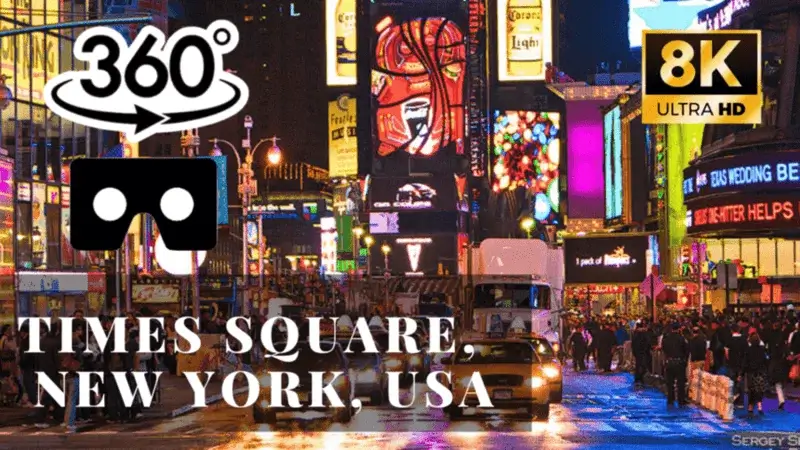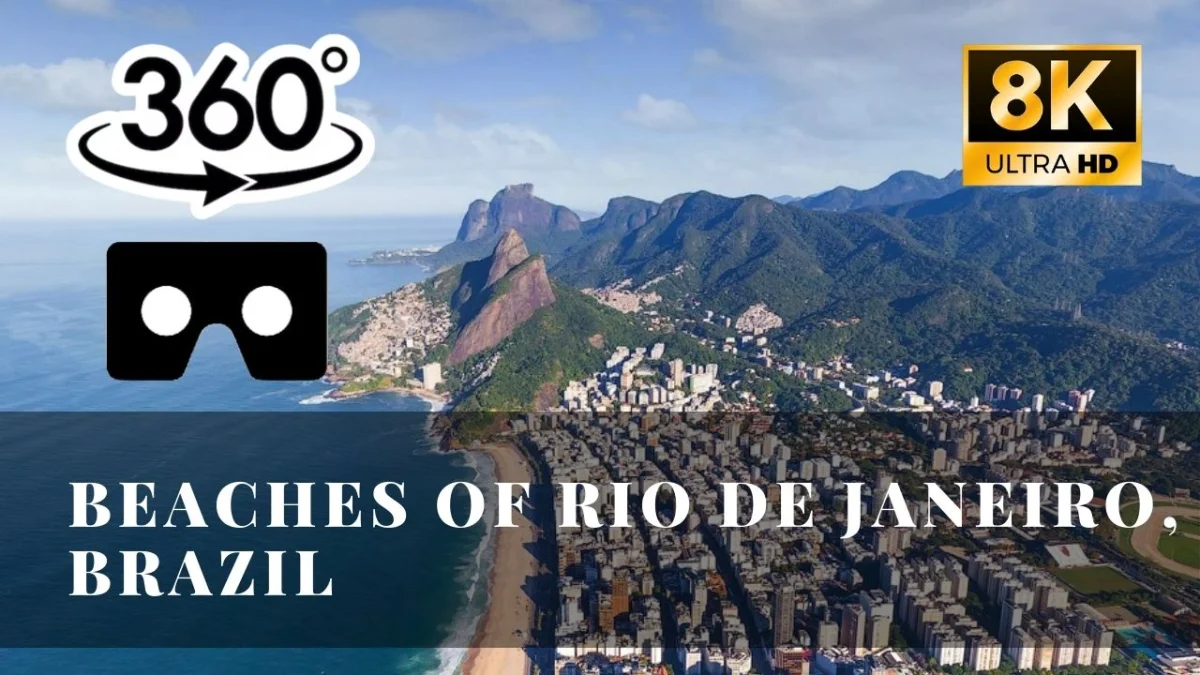Beaches of Rio de Janeiro, Brazil VR 360
 426
426
 0
0
At the beginning of the 16th century, the Portuguese sailors arrived in Guanabara Bay and disembarked here. In 1565, they founded the port named São Sebastião do Rio de Janeiro in the most convenient place of the bay. Now this name has been shortened, while the city itself has become one of the most recognisable in the world.
Until 1960, Rio de Janeiro had served as the capital of Brazil but then this function was transferred to Brasília, while Rio became the leading attraction of the country. It occupies 1,260 square kilometres and is covered by flatlands, hills, rocky mountains and beaches. Its historical centre together with the buildings dated the 16th-19th centuries, the coast and Copacabana beach, Sugarloaf Mountain and Christ the Redeemer statue were designated as a UNESCO World Heritage Site. The scale of these natural and man-made landmarks can be easily assessed by looking at the bird's eye view panoramas.

 223
223
 0
0

 221
221
 0
0

 45
45
 0
0
 Add comment
Add comment









